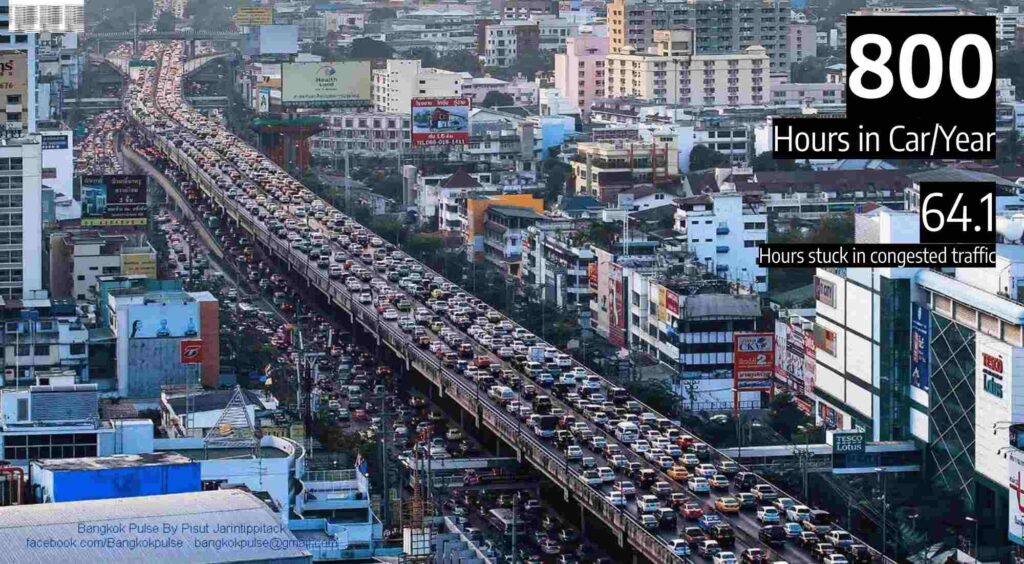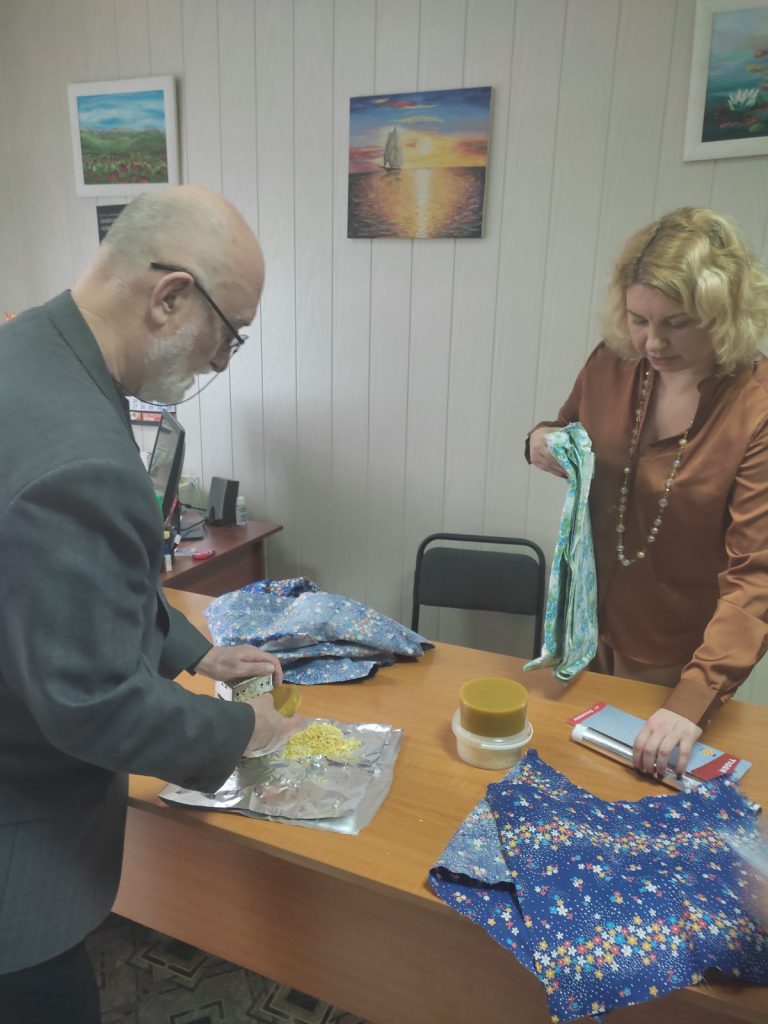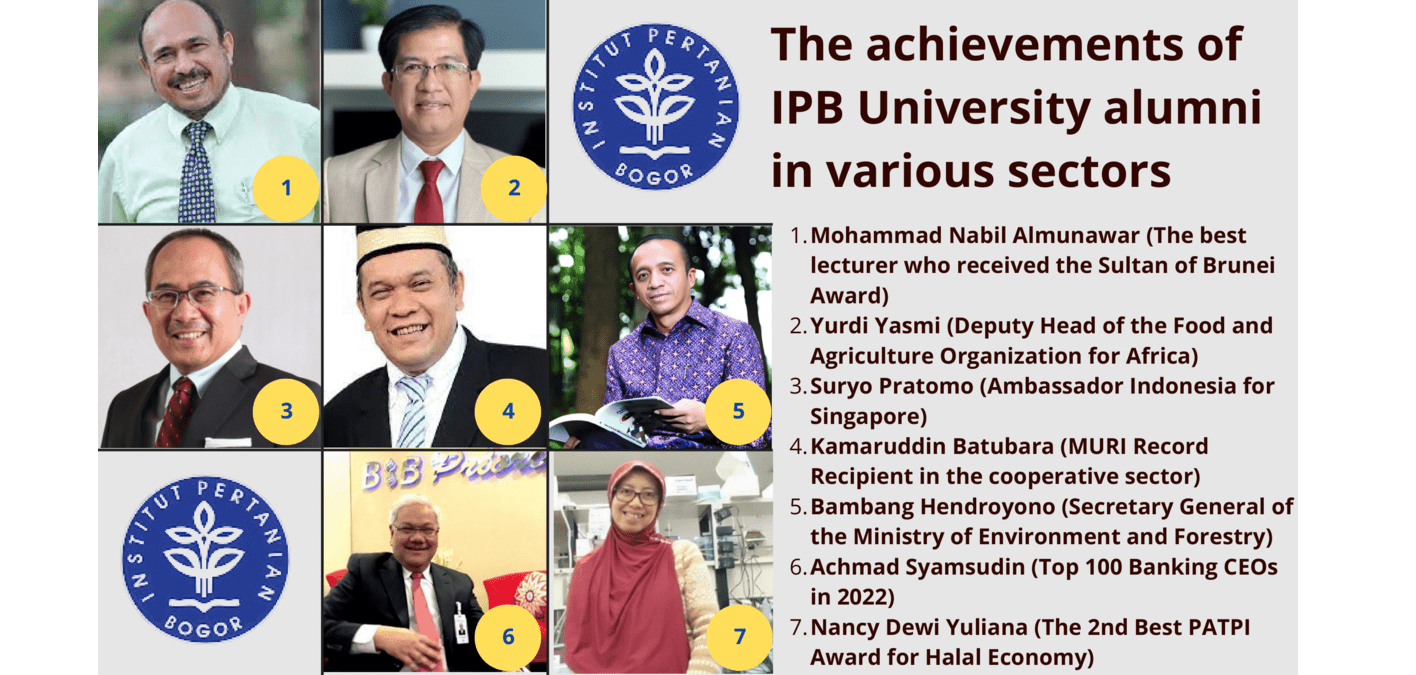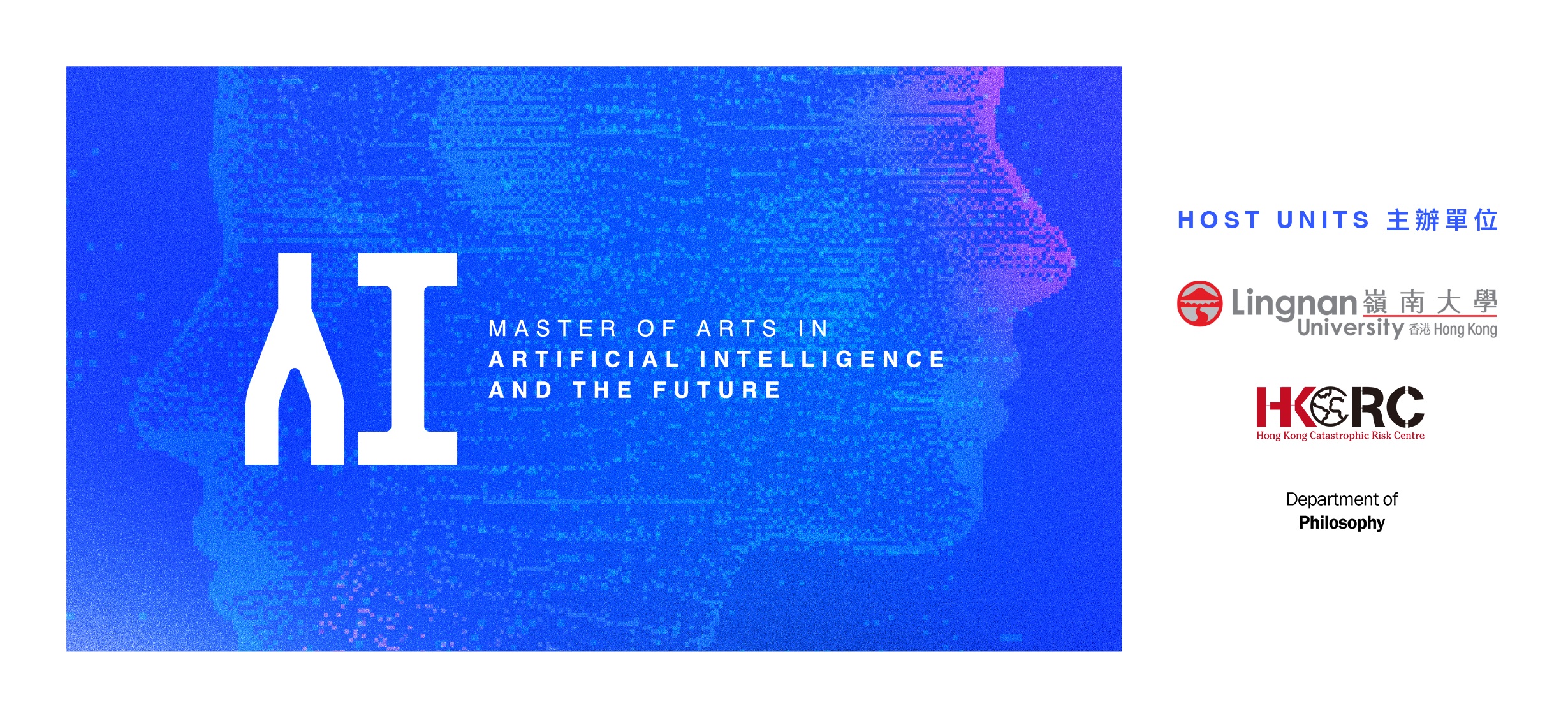Chula joins hands with the Thai Health Promotion Foundation (ThaiHealth) to design “Walkable City” using the GoodWalk Score as the criteria for selecting the pilot area to be developed as Walkable City in Bangkok as well as many cities around the country. The plan is to help reduce pollution, revitalize tourism, and the local economy while enhancing the quality of life and health for city dwellers.
- At the GoodWalk Forum Thailand 2023 some interesting average figures were shown.
- Bangkokians spend an average of 800 hours travelling by car.
- Expenses for car travel of city dwellers is about 20% of their entire expense.
- The furthest distance a city dweller is willing to walk is 800 meters or around 10 minutes.
- 44 % of all Bangkokians have some form of obesity.
- What do these figures mean for us?
The Bangkok Metropolis is a city of car dependency. The more roads we have, the higher the number of cars on the streets. The price we pay is the rising number of PM2.5 on the Bangkok Air Quality Index, and traffic congestion that takes a toll on the economy while bringing about increased mental and physical distress.
Concepts and guidelines for urban development must be altered. Instead of focusing on increasing new roads, we might need to pay attention to designing “Walkable City” to ensure that walking becomes a part of our daily lives.
Such an idea isn’t an outmoded matter that goes against development concepts. Several countries in America, Europe, and Asia are now focusing more on walking and applying the concept of “Walkable Cities.” Copenhagen is one such city that has taken over 10 years to recover areas and dedicate public spaces for pedestrians.
Thailand has also responded to this trend by creating “Walkable Cities” with the collaboration between the Urban Design and Development Center, Center of Excellence in Urban Strategies, or UDDC-CEUS) Department of Urban and Regional Planning, Faculty of Architecture, Chulalongkorn University, and the Thai Health Promotion Foundation (Thai Health) in the “Walkable Cities: GoodWalk Thailand” starting from 2014 up until the present.
“The project which isn’t only about improvements or widening pavements, is crucial for Thailand’s urban development strategies — environmental, economic, social along with health and well-being and preparation for the effects of climate change and an aging society.” Associate Professor Dr. Niramon Serisakul Director of Chula’s Urban Design and Development Center explained the significance of the project at the “GOODWALK FORUM THAILAND 2023” held last October.
The forum offered a chance for people to find out more about the concept of walkable city in the Bangkok Metropolis and various other cities that the project has worked on for the past 9 years. The work started from a study and survey of the area to derive an index to develop the walkability potentials and develop the Goodwalk Score map to identify areas where the design will be piloted, improving the connection between various destinations until it becomes a concrete sample area. Some of these areas are that of Chula-Samyan, Bantadthong, Siam Square, and the Chaophraya River sky bridge.
Improved quality of life
Many research works indicate that the structure and environment of a city have a profound effect on the way of life and physical activities of its dwellers. Developing a city to make it more conducive for walking can bring about the following benefits such as:
Improvement in physical health
If the area offers the chance for people to be able to walk safely and conveniently it will motivate more people to go out and walk and increase their physical activities which in turn will yield positive health benefits.
Citing statistics from the World Health Organization, Assoc. Prof. Dr. Niramon said that each year about 1.9 million deaths result from insufficient physical activity (WHO advises people to engage in at least 150 minutes of physical activity each week.)
“For this reason, providing an urban structure that allows people to walk more will also help promote their health. Two to three more times one’s normal physical activity can help reduce illnesses and mortality from non-communicable diseases (NCDs) like diabetes and obesity which are related to death rates from cardiovascular disease”
Economic improvement especially for SMEs
Walkable District will help stimulate the economy and affect income distribution to small entrepreneurs in the area which will help maintain both the existing economy and increase the new economy. Moreover, land and real estate prices are higher in walkable neighborhoods than in non-walkable neighborhoods. a
In addition, research results from the past 10 years have found that 49 percent of the new generation that is so-called the Gen Me have a lifestyle where they choose their area of residence before choosing a job. They often show a preference for living in a walkable area. This means that creative urban designs with walkable areas also mean value added to the area.
Cultural creative incubation
Once the cities become walkable, they attract more people to take part in activities in the public areas. Along with that are artists and those with special abilities who now have a venue to show off their talents.
Inclusive Society
With more people walking around, there is an increased level of interaction creating a feeling of connection to one’s own place of residence, and being acquainted with people in the same neighborhood, leading to increased safety in the community along with greater implications for promoting equality in society. In addition, having walkable areas will help respond to the needs of the elderly so that they will no longer be lonely at home since there is now a safe space outside the house to come out and enjoy life in various ways.
“In Thailand, we still do not find many elderly people walking in public areas due to bad sidewalks making walking difficult and increasing the risk of accidents. This might be the reason why Thailand has the highest risk of the elderly who are bed-ridden in Asia” observed Adisak Guntamueanglee who is currently a Deputy Director at the Urban Design and Development Center, Chulalongkorn University.
What is a Walkable City?
The project has developed its website called GoodWalk (http://goodwalk.org/) as a channel for presenting stories, news, and perspectives about walkable cities and good walking cities, both domestically and internationally. The highlight of the website is the GoodWalk Score which ranks “walkable” and “good walking” areas in both the Bangkok Metropolis and upcountry.
Assoc. Prof. Dr. Niramon defines “A Walkable City” as “a city’s space or area where people’s daily destination is in walking distance or approximately 500-800 meters.”
The criteria for measurement and scoring “a walkable city” is based on those destinations related to people and their daily lives which are 1) workplaces 2) educational institutions, 3) consumer goods, 4) recreation, 5) banking/transactions/public services, and 6) public transportation.
In Bangkok, the areas that scored highest in terms of their “walkability” are Siam Square, Khao San Road, and Bang Rak District – in that order.
For a city to be good for walking “it must be designed with safe and convenient walking in mind with wide and shady sidewalks, enough lighting, no obstructions and a pleasant environment that makes it conducive for walking.”
Some of Bangkok’s areas that are good for walking are roads like Rama I, Ratchawong, Chakrapong, Lad Ya, Lane 7 of Siam Square, etc.
Aside from Bangkok, the GoodWalk website has also assessed the walkability of streets upcountry. In Chiang Mai, for example, the areas deemed walkable are Chang Phueak, Ta Pae, and Warorot Market.
Those who are interested can access http://goodwalk.org/ to find out the Goodwalk scores in their neighborhood or travel destination.
Working together to create a “walkable city”
Bangkok’s vast number of automobiles has turned it into a city of cars. Developing it into a “walkable city” would take time, especially in its endeavors to get people to realize the merits of having a walkable city.
Deputy Director Adisak explained that “One of the most important factors in making a city walkable has to do with the city’s administrators – those with a vision, those who are daring enough to make decisions and make changes. Another factor is that all those who have a stake in a certain area must accept that all changes will affect one group or another. We need time to get people to understand the importance of these changes and the benefits they would yield before we can produce an urban development policy.”
The project has made use of the GoodWalk Score in its selection of areas targeted in concrete ways for in-depth development. The next step is to explain to all relevant parties the benefits of walkable cities. The project will need to work with government and private agencies, development partners, and the public sector in the area both in terms of surveys and design of various neighborhoods in Bangkok and cities in other provinces.
The Chula area as a Walkable Area or City sandbox
In his opinion, Mr. Adisak believes Bangkok has the potential to be developed into a Walkable City.
“It has been the policy of the previous as well as the current Governor of Bangkok to emphasize rail system public transport resulting in more people walking. Changing the entire city of Bangkok into a walking city is most difficult, however, since many areas are closed up, some have been left abandoned and there are overlapping problems between various agencies. The project has introduced the “city acupuncture” concept which involves developing small patches area by area that leads to physical and social changes on a larger scale.”
One of the areas that is ready for such changes is that of Chulalongkorn University.
A survey found that since the Patumwan, Siam and Samyan area has destinations in everyday life that are within walking distance, it is one of the highest walkability indexes in Bangkok and Thailand. Therefore, the project has worked together with several sectors in the University to create a master plan for this.
Associate Professor Jittisak Thammapornpilas, Chula’s Vice President for Property and Physical Resources Management has outlined some of the plans for making this a reality.
“Chula is an essential pilot sandbox. We now have covered sidewalks connecting various buildings on campus, we use electric buses and Tuk Tuks, and have also introduced car sharing and bike sharing which do not leave a carbon footprint and are environmentally friendly to ensure what is known as First and Last Mile Connectivity.”
Chulalongkorn University has also worked towards turning the Siam Square, Suan Luang, and Sam Yan areas walkable with sun and rain protection structures, connection to all surrounding areas, and installing car deceleration points, along with road closures in Siam Square turning the area into a walking street with various recreational activities like street performances, open-air markets as well as joining forces with the Bangkok Metropolitan Administration to present an outdoor movie festival.
Changing our cities one walk at a time
Other than the Chula area, the project has joined hands with the Bangkok Metropolitan Administration to roll out the BANGKOK 250 to turn Bangkok into a world-class city in time to celebrate its 250th anniversary in 2032.
The project aims to revitalize 17 inner city areas, accounting for 60% of Bangkok’s total area making it a walkable city. The areas are Ratchadamnoen Klang, Ta Chang-Ta Tien piers, Ban Mor, Bang Khun Non – Faichai, Kudi Chin – Khlong San, Yothi-Ratchawithi, Soi Polo-Ruamrudee, Talad Noi, Saphan Pla-Yannawa- Thanon Tok, Wongwien Yai and to restore the residential zone around Charan Sanitwong, Yannawa- Bang Kolaem.
There are also plans to restore the historical zone of Rattanakosin and Thonburi, the central commercial zone of Patumwan – Bang Rak, and the commercial Taksin area. Plans are also underway to develop a continuous walkway, Bangkok’s green bridge, and surrounding areas that link to the rail and public transport system with the Bangkok Metropolitan Administration as well.
One of the successful and highly visible prototype projects that brings pride is the conversion of the abandoned Lavalin Skytrain structure into Chao Phraya Sky Park.
“This area is a connection point for foot and bicycle traffic of both the Phra Nakhon side and the Thonburi side. It also supports various activities such as walking, relaxing, and watching the sunrise and sunset. Trees were planted to provide shade and rest areas, allowing tourists easy crossing, and creating economic opportunities for people on the Thonburi side,” Mr. Adisak said.
According to Assoc. Prof. Niramon, the project is also working with the BMA to survey the Ratchawithi – Yothi area to construct a skywalk that links the service area on both sides and the surrounding areas.
“With as many as seven leading hospitals and medical schools, this neighborhood was once an area that Prime Minister Plaek Phibunsongkhram wished to develop into a medical metropolis. This is a good opportunity, therefore, to revitalize the area adding a skywalk to accommodate more users. With wider sidewalks, it should be safer to walk around with a roof to shield pedestrians from the heat and rain. It will help reduce the use of cars and increase the use of public transportation. It helps to connect hospital buildings and commercial areas and will act like capillaries in promoting the economy, well-being, and creation of good communities.“
Promoting tourism with walkable city planning
Aside from being a driving force in developing capital cities, the walkable city concept can also be used to develop secondary cities at the regional level as well.
“What makes it challenging is that each city is different, and has its own unique identity. The urban costs and cultural costs are not the same. These things can be further developed along with the development of the city that promotes walkability. Cities that emphasize cultural tourism must certainly promote walkability.” Assoc. Prof. Dr. Niramon stressed.
The project’s research team works in collaboration with local government agencies that understand the city to conduct surveys and consider the city’s selling points and strengths. This includes creating a community to listen to the voices of people in the area and provide the opportunity for participatory decision-making in an atmosphere of mutual understanding and acceptance of change. The next step is for the community to work together to design a city that is linked with pavements that enable walking along routes of cultural heritage, economic routes, learning routes, and green routes that promote health and well-being along with social activities to the members of those communities.
Some examples of the prototype cities that the project has been involved in developing are Lamphun which is an ancient city, Roi-et with its festivals, Nakhon Si Thammarat which has a temple that houses the Buddha’s relics and Rayong which is an old town.
Assoc. Prof. Dr. Niramon said that the project has already worked with local agencies to develop as many as 33 cities in Thailand. Their target is to help promote health, society, and the economy by developing small businesses and creating walkable cities while responding to the needs of each city as much as possible.
After nine years of working on these projects, several cities have started to take strides. The project is confident in how these walkable cities are working out in both the capital city and regional cities. What is perhaps most challenging are the perspectives shown by agencies in the government sector.
“Since government agencies still do not see and neither do they accept the possibility of walkable cities as a way for developing cities in Thailand, there has yet to be any budget allocation for this effort. Instead, city development is still mostly about securing budgets for new roads or road improvement“ she added.
Nevertheless, the UDDC-CEUS and its development partners continue to push forward the concept of developing a Walkable City as a strategy for urban development in Thailand. Assoc. Prof. Niramon concluded that they hope the different ideas proposed by the project in such books as Walkable City: When Bangkok Starts Walking or Walkable 101 The Walkable Cities in Roi-et and Complete Streets: Standards for Walkable Cities can be used as reference and resources and become more widely accepted so that they can become part of the policies and guidelines for urban development in Thailand in the future.
For those interested in finding out more about Walkable Cities kindly access Facebook: www.facebook.com/uddcbangkok or contact the project at the UddC center via email at [email protected]
Read the full article at https://www.chula.ac.th/en/highlight/151458/








